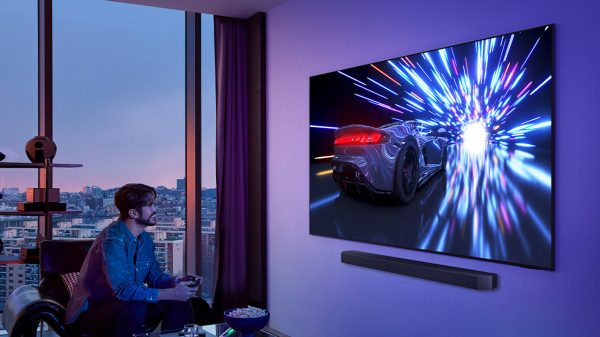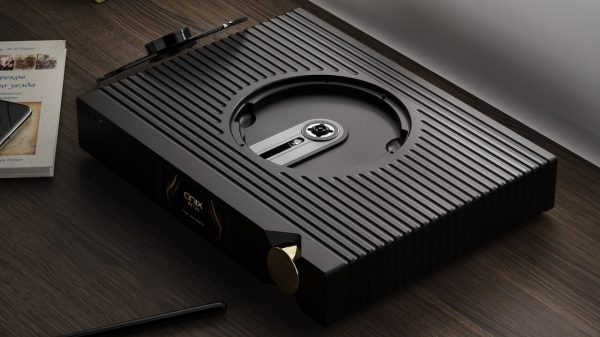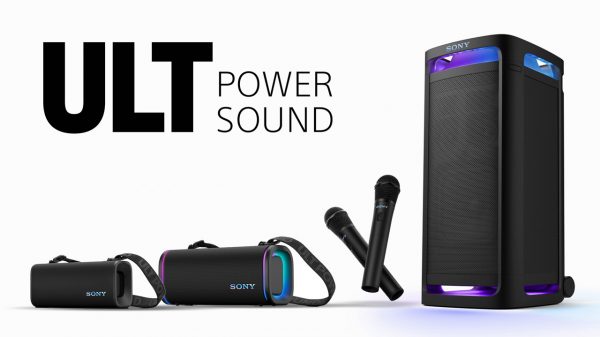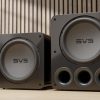3GSM WORLD CONGRESS, BARCELONA, Spain, Feb. 13, 2006 — UTStarcom, Inc. (Nasdaq: UTSI), a global leader in IP-based, end-to-end networking solutions and services, today announced that the company will demonstrate its MobileCard technology with the world’s first technology independent, modular mobile phone at 3GSM World Congress 2006, Booth G62, Hall 2 Level 0. UTStarcom also announced today a licensing agreement with Tessera Technologies to use its miniaturization technology to develop the modular phones.
Equivalent to the size of two SIM cards and less than 3mm thick, UTStarcom’s MobileCard technology is designed to enable all the essential functions of a mobile phone. With this technology, a regular phone is reduced to a “shell,” which typically consists of mechanical housing, keypad, LCD, and speakers. Consumers can simply insert the module into the “shell” to have a complete phone.
UTStarcom’s MobileCard technology has been developed to create significant cost savings for mobile phone manufacturers. It is designed to eliminate the need for complex RF and baseband design during the mobile terminal development, which can result in simpler design and shorter development cycle. It can also significantly shorten the handset certification process, allowing the product to get to market much faster. As a standard part shared across many models, it may also help to reduce the inventory risk as well.
In addition, MobileCard technology can enable the easy integration of mobile communications with various portable devices, such as game consoles and music players, so as to allow consumers to enjoy the convenience of mobile communication everywhere they go. Operators can benefit from offering brand new services based on these new types of terminals.
“Tessera, a leading chip packaging and miniaturization company, is very excited to take part in the development of this highly innovative cellular phone module with UTStarcom,” said Stuart Wilson, senior director of operations at Tessera. “MobileCard technology enables a complete separation of the cellular functions and the computer functions in a phone. We believe it has the potential to significantly simplify the way that handsets are designed.”























